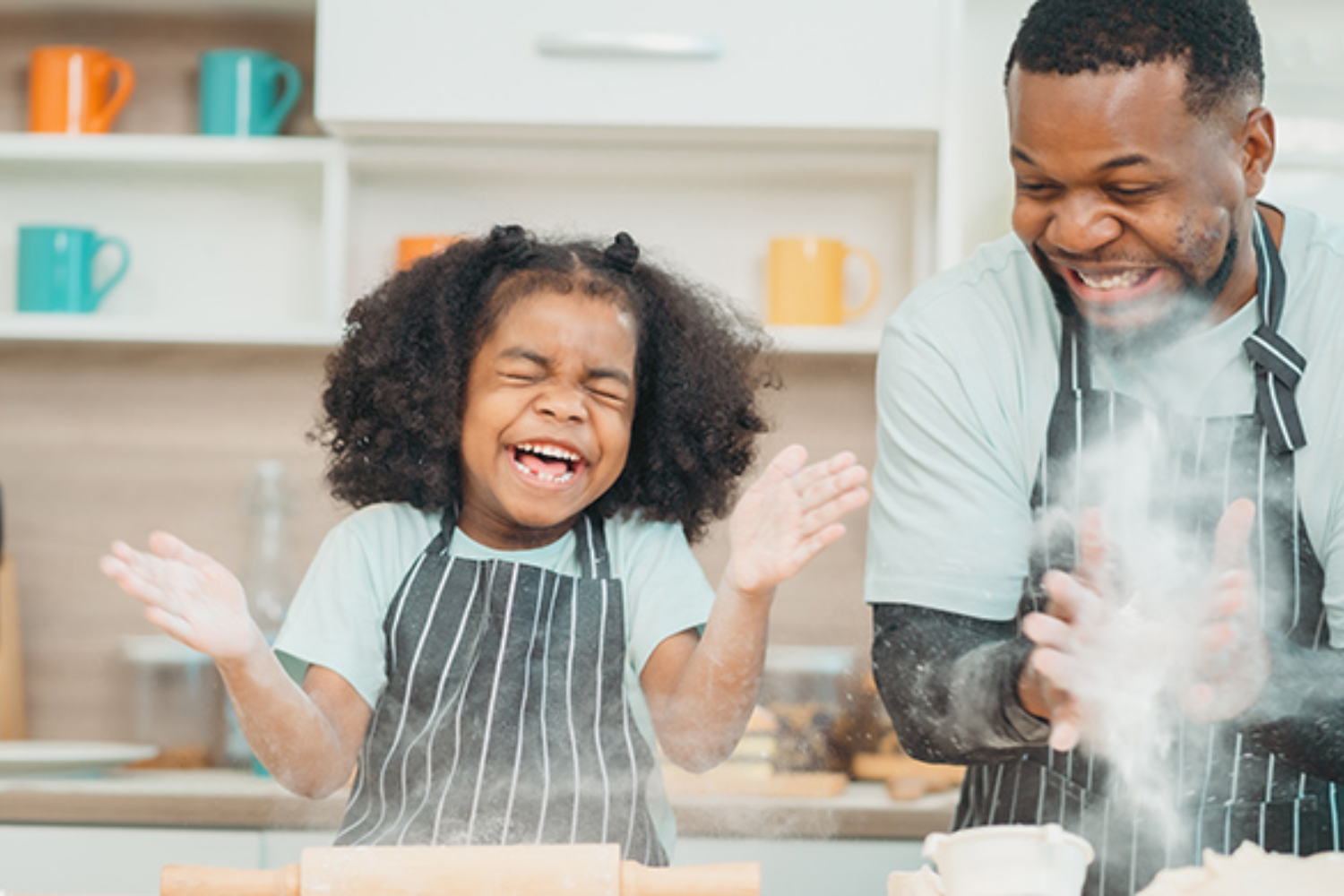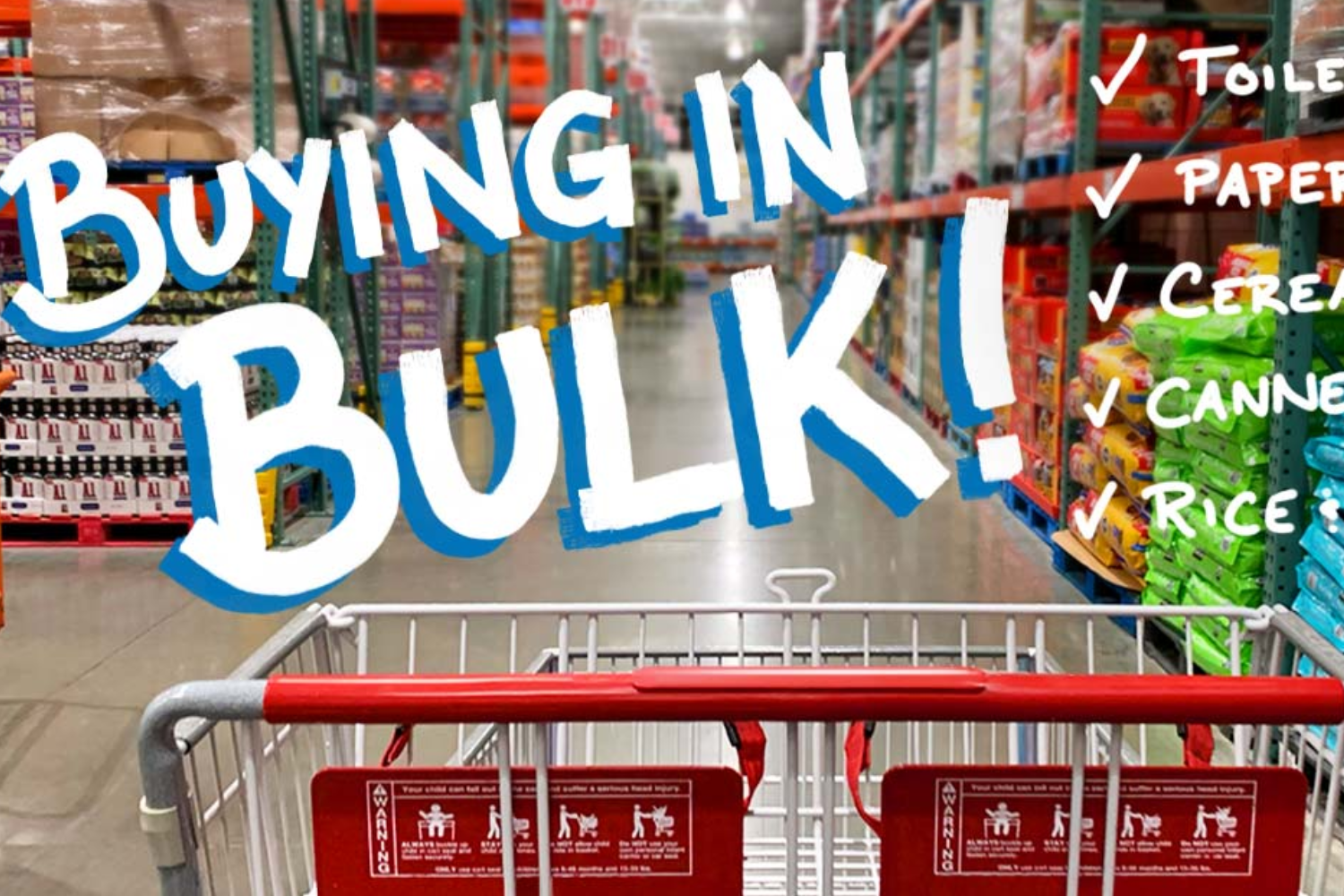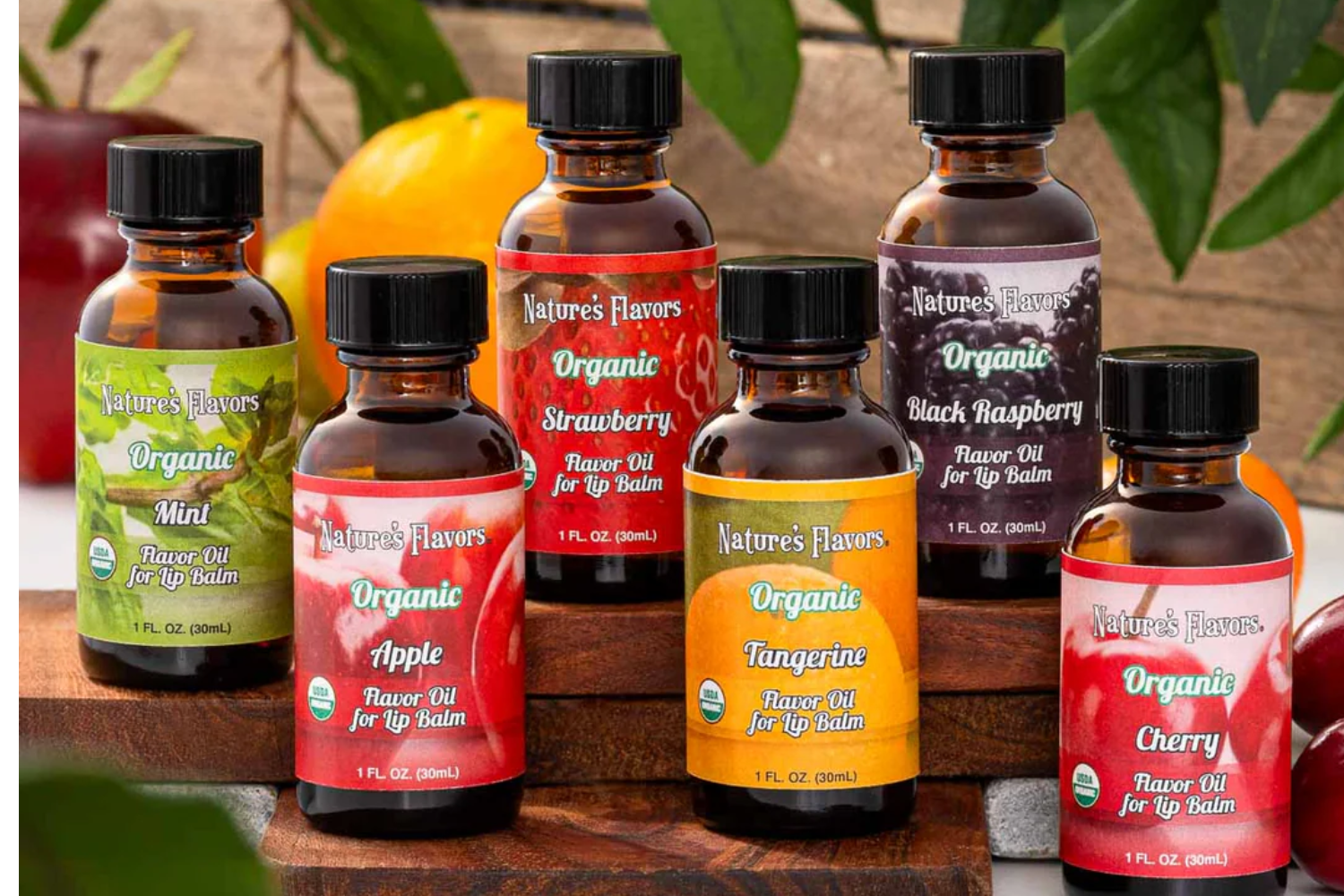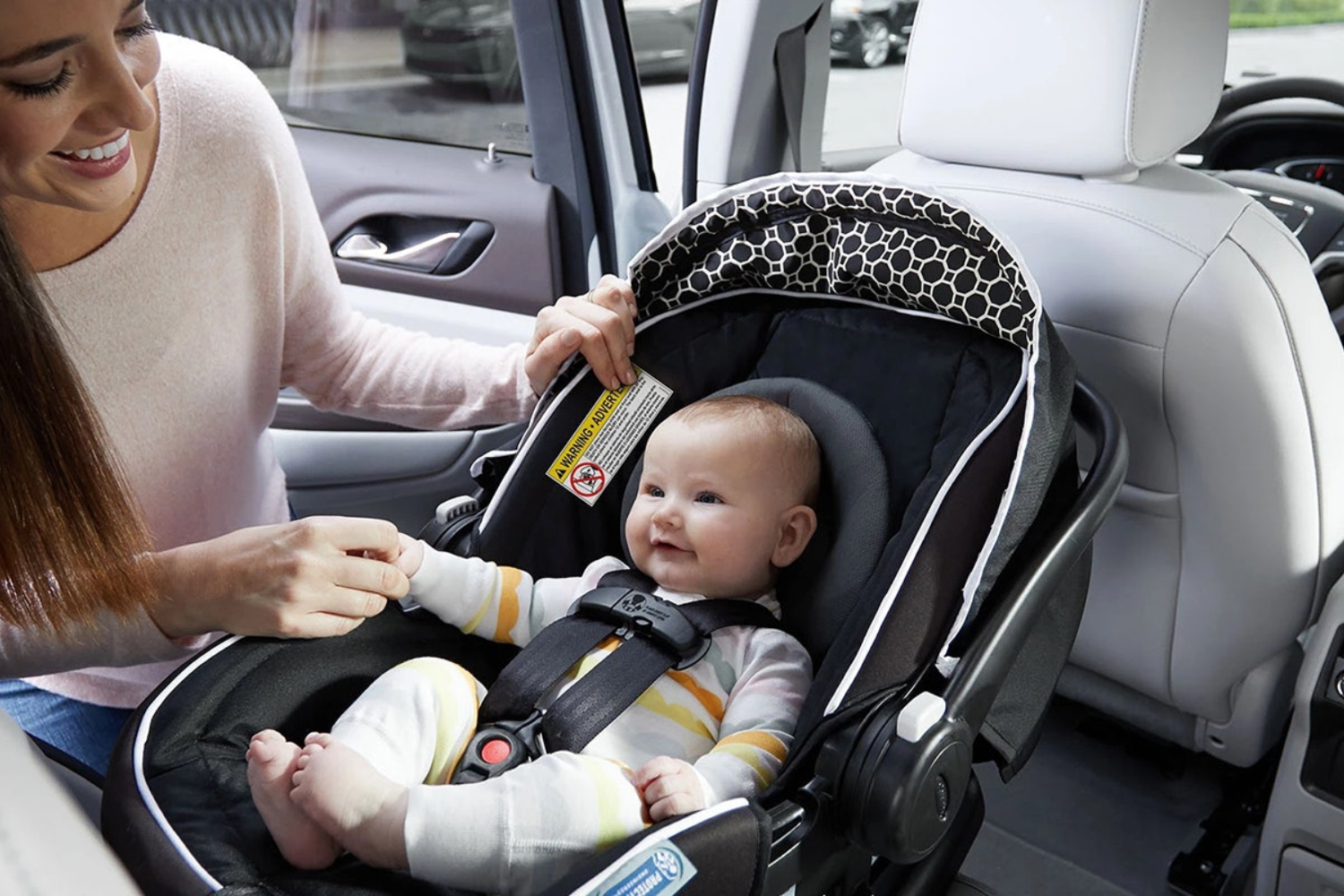Cooking with children is always fun and exciting. They learn some valuable lessons and lifelong skills while cooking. However, do you know that, along with the life skills and lessons, children also learn some educational subjects like maths and science? Let me give you an idea of how math is measured in cups and teaspoons, science is revealed in bubbling pots and rising dough. Another thing they learn from cooking is confidence.
Beyond the skills they gain, cooking also fosters family connection, turning shared recipes and laughter into memories that strengthen bonds. Trust me, the kitchen is a great classroom for the children. You just have to make sure to make that classroom fun for them. Take a look at this blog and see how they learn science, maths, and confidence through cooking. Moreover, learn about the best platform that offers kids some amazing cooking books.
Cooking As a Maths Lesson
Here is how they learn maths during cooking.
Measurements (Fractions & Conversions)
Kids learn how fractions work by measuring ingredients, understanding that two halves make a whole cup, or how many tablespoons equal an ounce while they scoop, pour, and mix. Scooping out half a cup of sugar or figuring out how many tablespoons make an ounce transforms abstract numbers into something they can see, touch, and taste. These small tasks help build a natural fluency with math in a way that feels effortless.
Ratio and Proportion
Cooking often requires adjusting recipes, whether doubling a batch of cookies for friends or halving a soup recipe for a smaller meal. Through these adjustments, kids practice ratios and proportions, learning how to maintain balance in flavor and texture while applying real-world math skills with purpose.
Time Management
Every recipe is a mini-lesson in organization. Children learn to set timers for baking, keep track of pasta as it boils, and decide which steps to complete first. These moments sharpen their ability to manage time effectively, teaching patience and planning, skills that extend well beyond the kitchen.
Real World Application
Unlike solving problems on paper, cooking shows kids the direct impact of their calculations. The accuracy of their measurements and timing determines whether the final dish turns out as expected. This tangible connection between math and a delicious outcome makes learning both engaging and meaningful.
Cooking As a Science Experiment
Here is what cooking as a science experiment feels like.
Chemical Reaction
Cooking is full of fascinating chemical changes that kids can witness firsthand. Watching dough rise as yeast produces carbon dioxide, seeing baking soda react with vinegar in a fizzy burst, or noticing sugar turn golden brown during caramelization helps children understand that science is happening right in front of them. These reactions make abstract concepts come alive in a fun and memorable way.
Heat Transfer
Cooking methods provide a natural introduction to the science of heat. Kids can see how conduction works when a pan heats food directly, how convection circulates heat in boiling soups or baking ovens, and how radiation toasts bread or melts cheese under a broiler. These everyday examples help them connect science to their meals.
State Of Matter
The kitchen is the perfect place to explore how matter changes form. Ice melting into water, water boiling into steam, or sauces thickening as they cool all demonstrate the transitions between solid, liquid, and gas. These simple yet powerful observations give kids a practical grasp of scientific principles they’ll encounter later in school.
Critical Thinking
Science in cooking isn’t just about observing; it’s also about experimenting. Kids can predict what will happen if they swap ingredients, adjust cooking times, or try a new method. When they see the results, successful or not, they learn to analyze, adapt, and problem-solve, building curiosity and resilience in the process.
Cooking As Building Confidence
Here is how cooking helps in building confidence.
- It gives children complete independence. After completing the recipe, it will help kids feel capable and responsible.
- When they learn to adapt when ingredients or steps don’t go as planned, they unlock their problem-solving skills.
- Cooking lets them experiment with flavors, designs, and choices. They show their creativity in that.
- Sharing meals builds pride and boosts self-esteem.
How To Find Kid-Friendly Recipes
When you try to cook with your child, instead of going with the complicated recipes, find some of the kid-friendly recipes on the Raddish platform. Raddish Kids is a subscription service that sends monthly cooking and baking kits made especially for children.
Instead of giving you all the ingredients, each kit comes with illustrated, step-by-step recipe cards, a kitchen tool, fun activities, and extra resources (like games or apron patches) to make cooking with kids both educational and entertaining. This way, they will be more excited about learning new things.
Sharing your kitchen with the kid and making them learn new things is the best thing one could do. You are not only making them learn new things, but also they are unlocking so many of their new skills. Imagine they are learning something new from baking. The kitchen is a great classroom; children may not even realize they are learning because they see it as fun, as a way of gaining independence, or as helping out. If you are concerned about finding child-friendly recipes, then visit the Raddish website and get a subscription to any of their kits, which offer amazing recipes with fun accessories.
Raddish has an affiliate program, and we are affiliated with them. As an affiliate partner, I am excited to introduce you to our brand. To get a discount on your purchase, click on the link. We may also get a small commission at no extra cost to you.
Stay tuned to ActivatedCoupons to explore more about Raddish.





